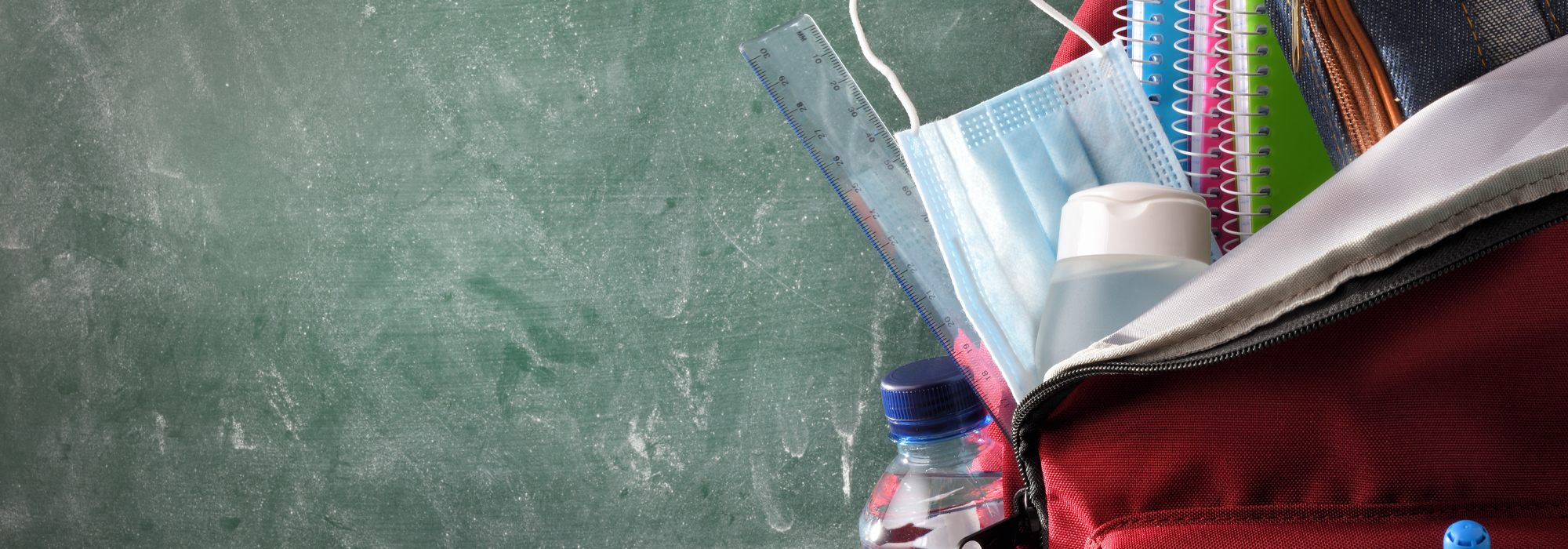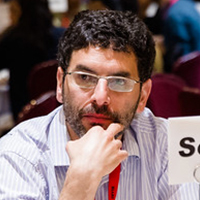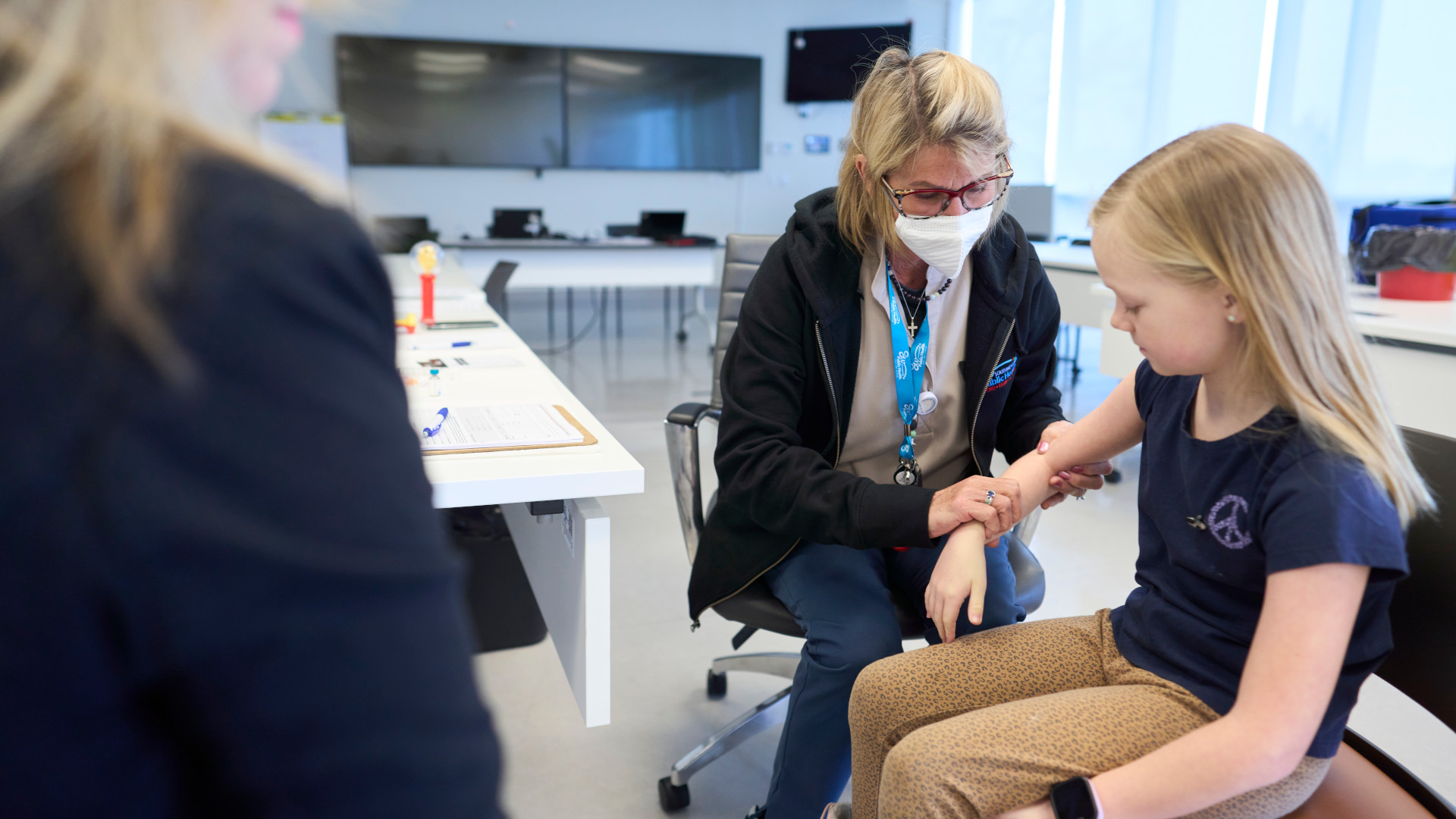
I read and agreed with almost every point in Jenn Wallner’s Policy Options recent article “Canada needs a more collaborative approach to reopening schools.” However, Wallner’s article mentioned only that the views of established organizations should be taken into consideration when planning the reopening of public schools in Canada. From my perspective as a social researcher who analyzes the challenges to democracy, this is not enough. The Canadian top-down democracy model does not promote real spaces of citizen participation on this and other issues, and should involve the local community in the decision-making process around reopening schools.
Instead of developing a top-down reopening plan behind closed doors, we need a bottom-up model that takes into account the particularities of each school and the participation of parents. It’s time for the provincial governments and the school boards to listen to the voices of the families they serve, instead of acting in their own political and institutional interests.
We need to reinvigorate our democracy to collectively develop responses to the exceptional situation we are facing. The discussion about the plan for reopening schools should have taken a bottom-up approach to guarantee access to public education in September to every child in the province.
The Ontario government and school boards must open the discussion with families in every school. The following are some ideas they could be consulting parents on:
- Class sizes are vital to curbing the spread of COVID-19 in schools, according to SickKids experts. This means that opening schools without reducing the number of students per class is not an option. Let’s follow the steps of Denmark, Germany, Finland, and Norway, which have been keeping the pandemic under control by limiting class size to 12 students.
- To ensure there are enough teachers, hire adjunct instructors at the collegial or university level who are unemployed or underemployed and support them with accelerated training online. Remember: we called in the military to take care of our seniors. They were not health-care professionals, but they did the job.
- To ensure space for these extra classes, create two shifts: one in the morning, and one in the afternoon, and use the thousands of public buildings left empty since thousands of public servants began working from home.
- As the risk of catching COVID-19 outdoors is lower than it is indoors, prioritize children’s education in open spaces. The open-air school movement known as “forest schools” was born in Germany to successfully fight tuberculosis.
- Even with our best efforts, the number of cases of COVID-19 could spike again and some students might have to return home. If this happens, we should help parents create “bubbles” with other families where home schooling can occur temporarily. Provincial governments could protect workers who wish to reduce their weekly hours to help with instruction.
If “we are all in this together,” as Prime Minister Justin Trudeau likes to say, and Wallner repeats in her article, the voice of parents and children should be heard and listened to, and not only on voting days. It’s time to rethink our top-down democracy model in these pandemic times.








